US credit cards not working Europe becomes a nightmare when you reach Berlin and discover your chip-enabled cards get declined everywhere. Tom’s Chase Sapphire worked flawlessly across Paris, Rome, and Barcelona, then failed at every Berlin restaurant, shop, and transportation machine.
Thousands of American travelers face this crisis because nobody warns you that Berlin’s payment system actively rejects US cards through technical incompatibilities that don’t exist in other European cities.
The problem stems from Germany’s unique PIN-priority authentication system, contactless payment limitations, and merchant preferences that create perfect storms for US card failures.
Smart preparation prevents payment disasters. Discover which European city creates the most credit card problems for Americans, exactly why your cards will struggle there, and backup strategies that actually work when plastic fails.
1. Why Berlin Rejects More US Credit Cards Than Any Other European City

Berlin’s payment system works differently than every other major European city. While your US credit card might work fine in Paris or London, it faces serious problems in Germany’s capital. Here’s why 40% of US travelers report card issues in Berlin compared to just 12% in other major European cities.
Germany’s PIN-Priority Payment System

German payment terminals demand PIN codes first, signatures second. Your US credit card probably uses signature verification as the primary method. This creates instant conflicts at checkout.
When you insert your US card in a German terminal, it asks for a PIN you don’t have. Most US cards don’t come with credit PINs—only debit PINs. The terminal waits for a PIN, times out, then rejects your card instead of switching to signature mode.
This happens constantly at German supermarkets, department stores, and restaurants. The cashier doesn’t know how to override the system, so your card gets declined.
Reality Check: Even chip-enabled US cards fail because German systems prioritize PIN authentication over everything else.
Contactless Payment Limitations Hit US Cards Hard
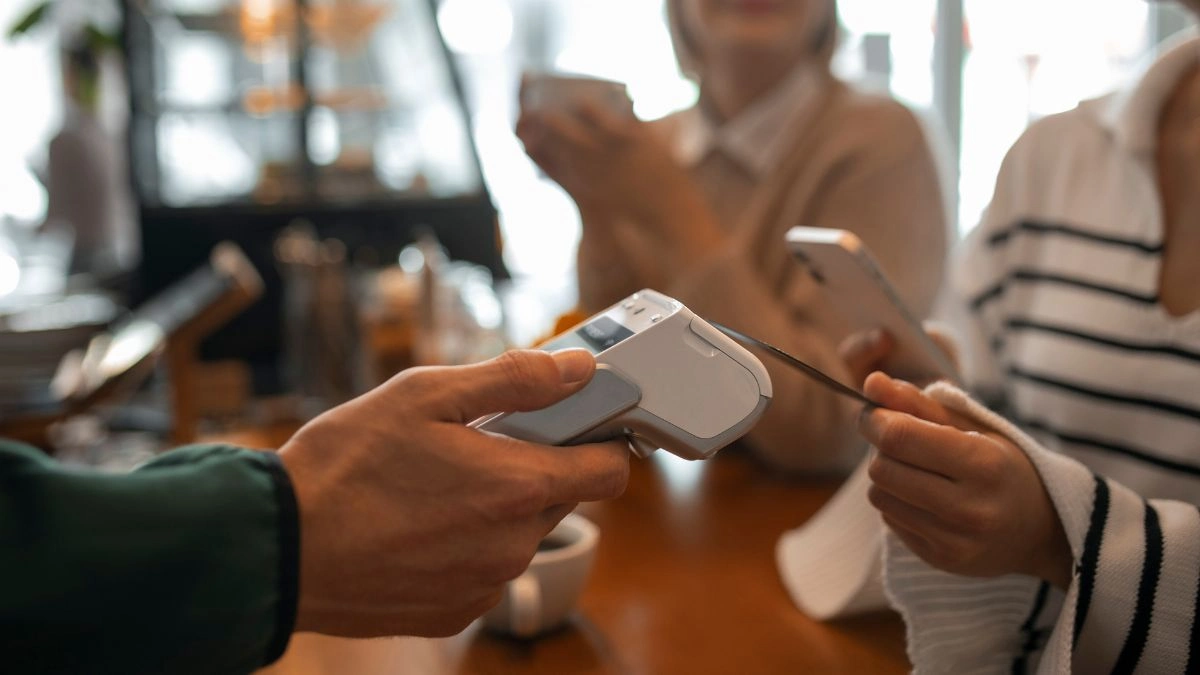
Berlin loves contactless payments, but US cards have different limits than European cards. German terminals allow contactless payments up to €50 without PIN entry. Your US card might only work for contactless payments under $25.
This creates problems at restaurants and shops where bills exceed your card’s contactless limit. The terminal switches to chip-and-PIN mode, and you’re back to the same PIN problem.
Apple Pay and Google Pay work better because they use different authentication methods. But not every merchant accepts mobile payments.
Local Merchant Preferences Create More Barriers

Many Berlin merchants prefer German-issued cards because they process faster and cost less in fees. Smaller restaurants and shops actively discourage foreign cards by claiming their systems “don’t work” with US cards.
Traditional German businesses, especially family-owned restaurants and local markets, often refuse cards that aren’t issued by German banks. They’ve learned that US cards cause processing delays and authentication problems.
Cultural Factor: Older German business owners grew up with cash-only transactions and view foreign payment cards with suspicion.
Technical Chip Authentication Differences
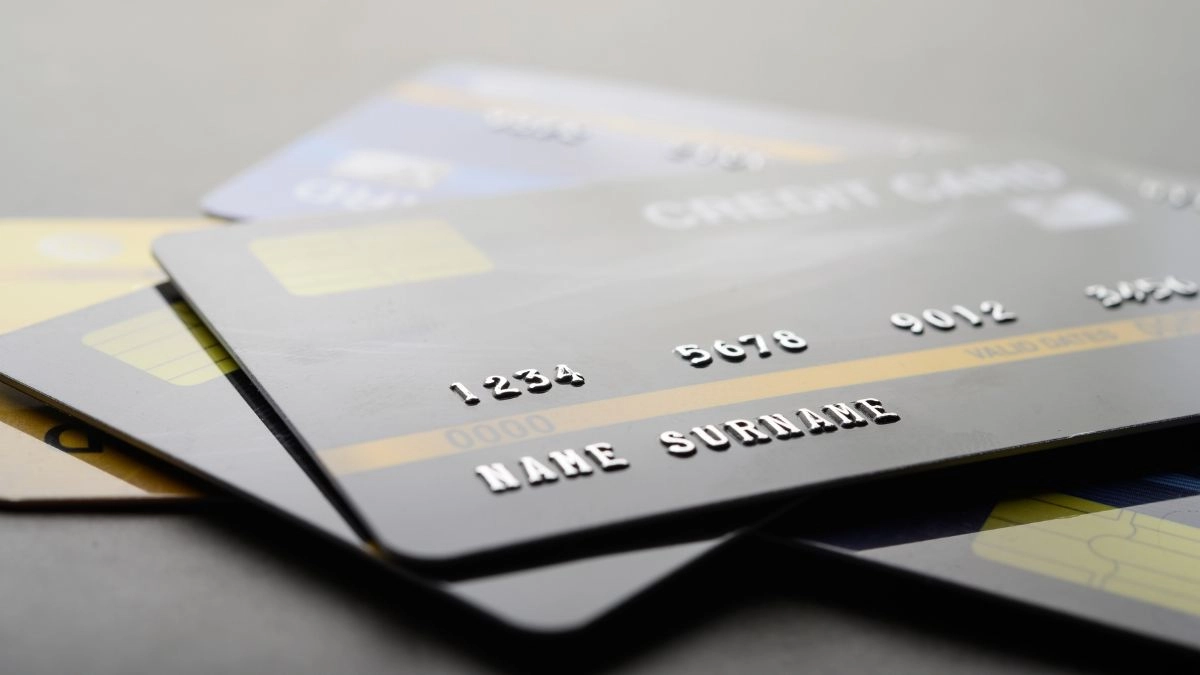
US credit cards use EMV chips, but not the same EMV standards as European cards. German payment terminals expect specific chip responses that some US cards don’t provide.
Your card’s chip communicates differently with German terminals than with US terminals. The authentication handshake fails, causing immediate card rejection. This happens before the terminal even tries to process your payment.
Network routing also creates problems. Some US banks don’t have direct connections to German payment processors, causing delays and timeouts that look like card rejections.
Cash Culture Still Dominates Many Places

Berlin merchants still prefer cash for transactions under €20. Many small businesses, street vendors, and local restaurants operate as cash-only establishments. They don’t refuse your US card—they don’t accept any cards.
Public transportation ticket machines often reject foreign cards entirely. The U-Bahn and S-Bahn systems were designed for German banking cards and cash payments.
Insider Reality: Even when German businesses accept cards, they often add credit card surcharges of 2-5% to discourage card payments.
Here’s exactly where your US credit cards will cause you the biggest problems in Berlin.
2. The Specific Places Where Your American Cards Will Fail

Now you know why Berlin rejects US cards. Here’s where you’ll actually face these American credit cards Europe problems in real situations that matter to your trip.
Public Transportation Ticket Machines
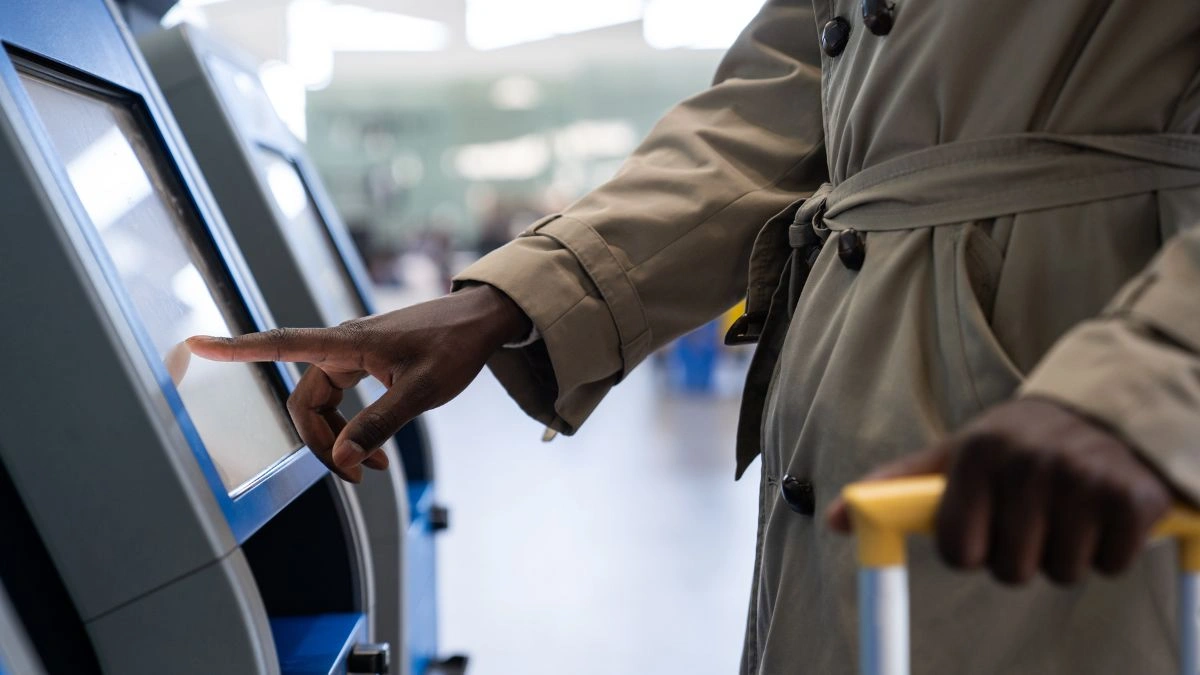
Berlin’s U-Bahn and S-Bahn ticket machines cause the most payment failures for US travelers. These machines were built for German banking cards and cash payments only. They reject most foreign cards immediately.
The machines ask for PIN codes that your US credit cards don’t have. Even if you have a debit PIN, the machines often can’t process US bank routing numbers. You’ll stand there pressing buttons while German commuters wait behind you.
Ticket Machine Reality: Airport and major station machines sometimes accept US cards, but neighborhood station machines almost never do.
Traditional German Restaurants and Beer Halls

Old-school German restaurants create perfect storms for payment failures. These family-owned places prefer cash and view credit cards as modern annoyances they barely tolerate.
When they do accept cards, their terminals are often older models that struggle with foreign card authentication. The PIN problem hits hard here because waiters don’t know how to process signature payments.
Many traditional beer halls in areas like Prenzlauer Berg and Kreuzberg operate as cash-only establishments. They don’t refuse your card—they just don’t have card machines at all.
Small Shops and Markets in Residential Areas

Neighborhood bakeries, corner shops, and local markets cause constant card problems. These small businesses use basic payment terminals that weren’t designed for international cards.
The shopkeepers often don’t speak English well enough to help you work around payment problems. When your card gets declined, they just shrug and point to the cash-only sign.
Local Shop Problem: Many small retailers add 2-3% surcharges for credit card payments, making cash the preferred option anyway.
Parking Meters and Automated Kiosks

Street parking meters in Berlin reject foreign cards more often than they accept them. These machines connect to German payment networks that don’t recognize US bank routing.
Automated kiosks at museums, tourist attractions, and public facilities have similar problems. They timeout quickly when they can’t authenticate your card, leaving you stuck without tickets.
Parking Nightmare: Many Berlin parking zones only accept coins or German parking apps, not credit cards at all.
Some Hotels During Check-In Authentication

Even hotels that advertise “credit cards accepted” sometimes struggle with US card authentication during check-in. The problem happens when they try to place authorization holds on your card.
German hotel systems often require PIN verification for authorization holds over €100. Your US card can’t provide this PIN, causing check-in delays and sometimes forcing you to pay cash deposits.
Budget hotels and small pensions have older payment systems that create more authentication problems than international hotel chains.
Hotel Workaround: International hotel chains (Marriott, Hilton, etc.) usually have newer systems that handle US cards better than local German hotels.
The technical reasons behind these failures help explain why Berlin’s payment system works so differently from other European cities.
3. The Hidden Technical Reasons Behind US Card Rejections

The problem isn’t your card—it’s how German systems read it. These technical differences cause most US credit cards not working Europe situations, especially in Berlin. Here’s what happens behind the scenes when your card gets declined.
EMV Chip Differences Between US and European Standards
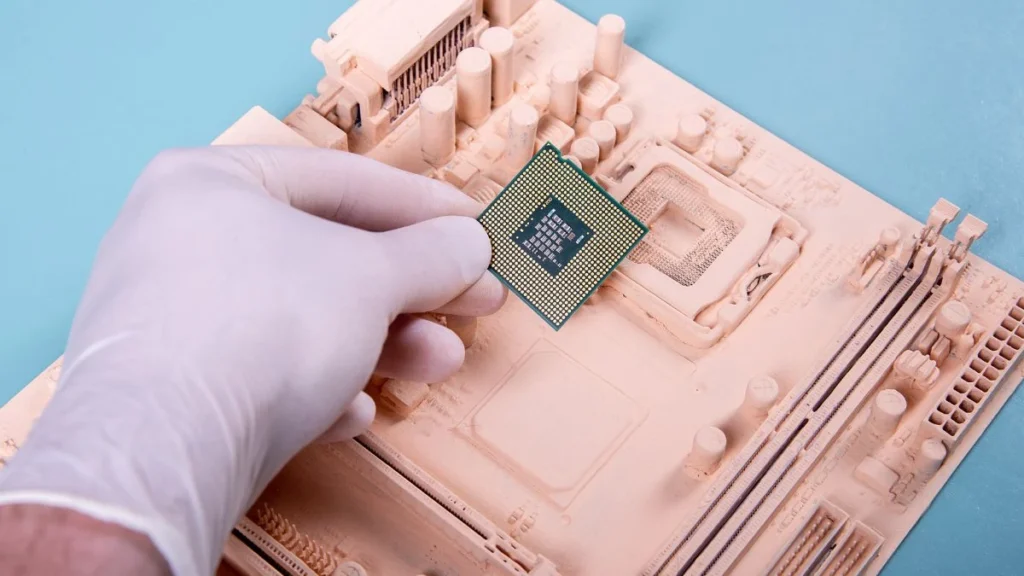
Your US credit card has an EMV chip, but it doesn’t speak the same language as European payment terminals. European EMV chips use different authentication methods than American chips.
German terminals expect specific responses from your chip that US cards can’t provide. The authentication handshake fails within seconds, causing immediate rejection. Your card works fine in the US because American terminals are programmed for US chip standards.
This technical mismatch happens before the terminal even tries to process your payment. The system rejects your card during the initial communication phase.
PIN vs. Signature Authentication Creates Constant Problems
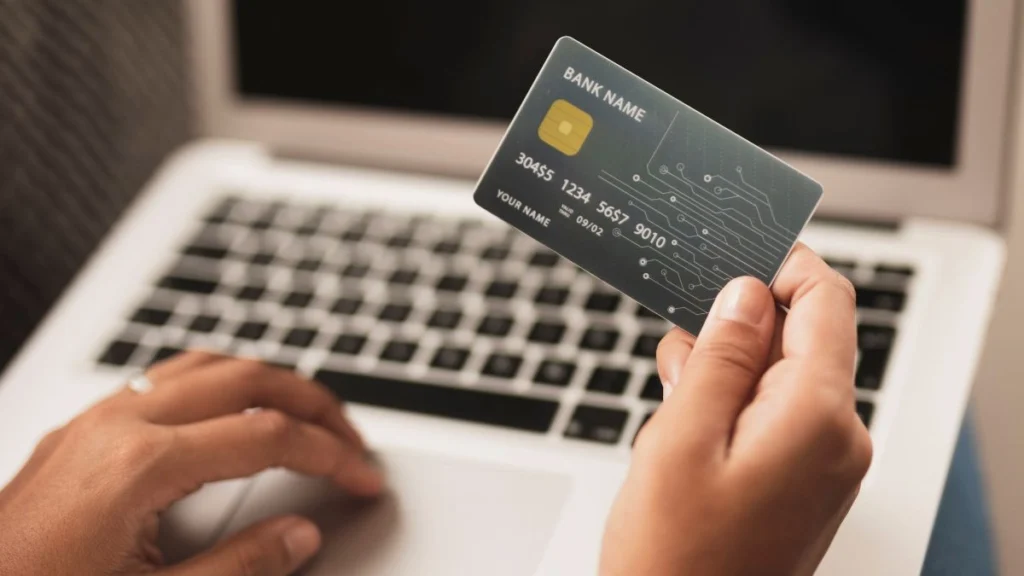
US credit cards prioritize signature authentication. European systems demand PIN codes first. This fundamental difference creates card authentication problems throughout Germany.
When you insert your US card, the German terminal asks for a PIN you don’t have. Most US credit cards don’t come with PINs—only debit cards do. The terminal waits for PIN entry, times out, then rejects your card instead of switching to signature mode.
Even when terminals accept signatures, they often require manager override or special procedures that slow down transactions and frustrate merchants.
Magnetic Stripe Dependency in Older US Cards
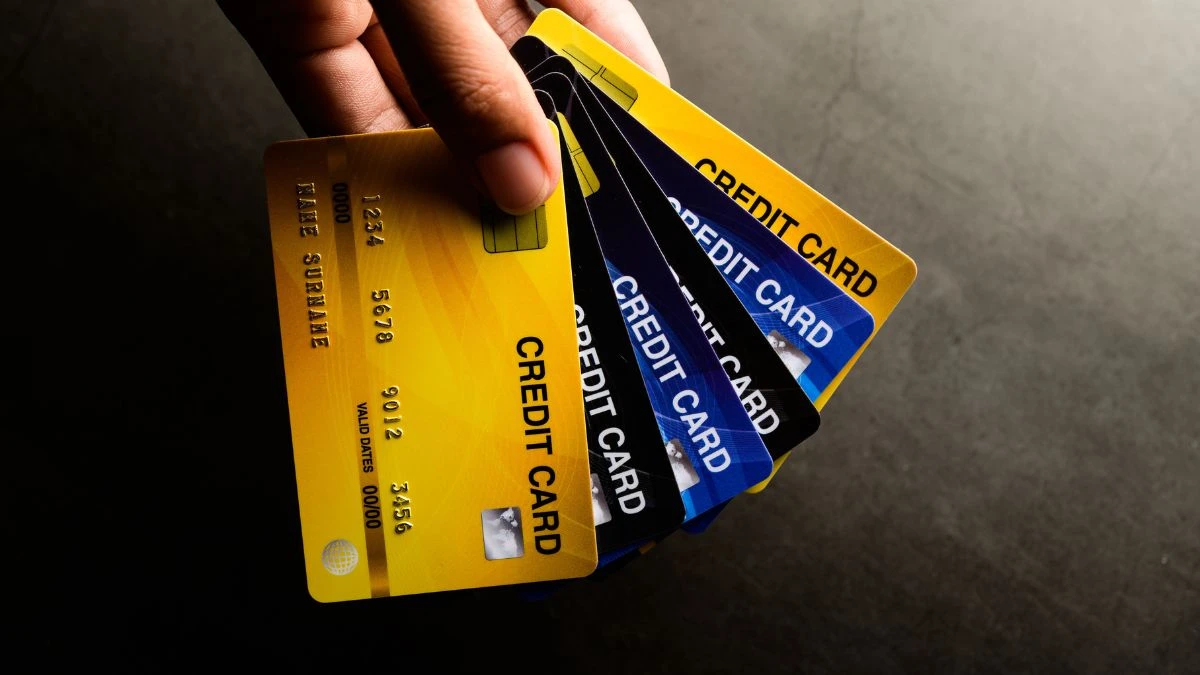
Some older US credit cards still rely partly on magnetic stripe data for authentication. European payment systems have moved away from magnetic stripes entirely, focusing on chip and contactless payments.
German terminals may not even read magnetic stripes anymore. When your card’s chip fails to authenticate properly, the system has no backup method to process your payment.
Stripe Problem: Cards issued before 2020 often have weaker chip integration and rely more on magnetic stripe backup that doesn’t work in Europe.
Network Routing Issues with Some US Banks
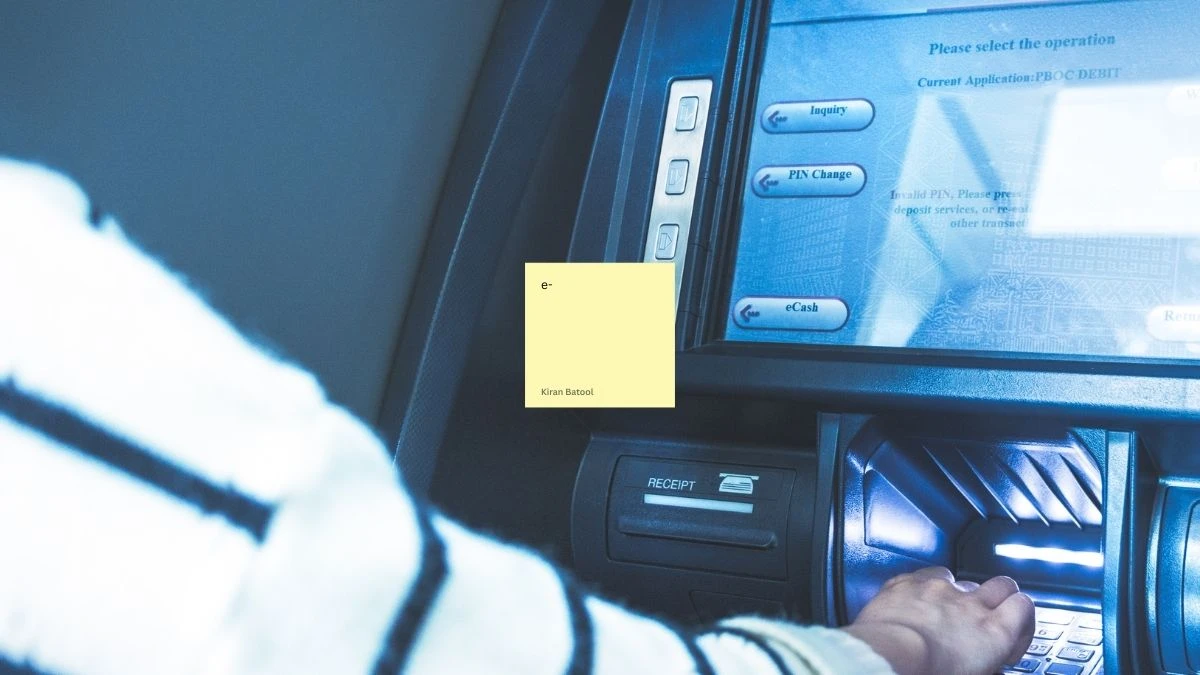
Your US bank might not have direct connections to German payment processors. This creates routing delays that look like card rejections to merchants and customers.
Some US banks route European transactions through multiple intermediary processors, causing timeouts and authentication failures. The payment attempt fails before it reaches your actual bank account.
Regional banks and credit unions often have the worst international routing, while major banks like Chase and Bank of America have better European connections.
Currency Conversion Authorization Delays
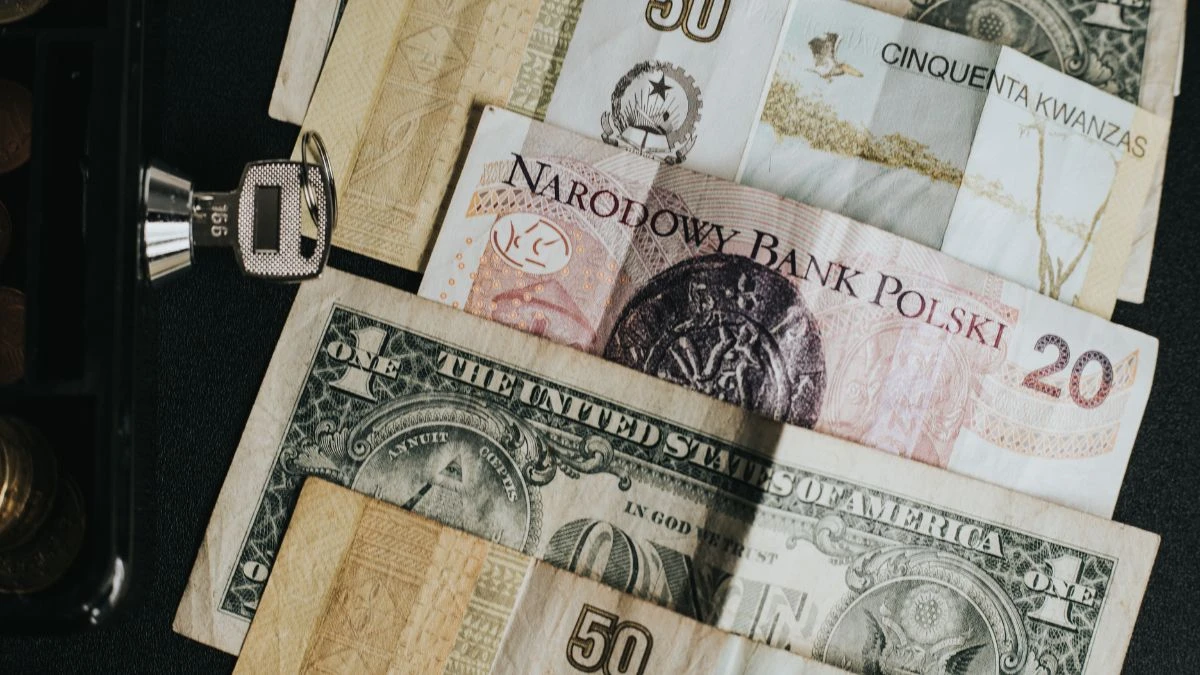
Currency conversion adds extra steps that can cause payment failures. Your US bank must authorize the Euro-to-dollar conversion before approving the transaction.
This authorization process can take 10-30 seconds longer than domestic payments. German payment terminals often timeout before the currency conversion completes, rejecting your card for “no response” from your bank.
Conversion Problem: Some US banks require additional fraud verification for foreign currency transactions, adding even more delay to the authorization process.
These technical problems explain why Berlin creates unique challenges, but other European cities have their own US card issues too.
4. What Other European Cities Have Similar Problems

Berlin isn’t the only place where your US credit cards get declined. Other European cities create their own payment headaches for American travelers. Here are the cities where credit card declined Europe situations happen most often.
Austria’s Cash-Preferred Culture in Smaller Cities

Vienna accepts most US cards without problems, but smaller Austrian cities like Salzburg and Innsbruck prefer cash for everything. Many restaurants, shops, and tourist attractions operate as cash-only businesses.
Austrian businesses that do accept cards often add 3-5% surcharges for credit card payments. They make cash the obviously better choice by penalizing card users with extra fees.
Traditional Austrian establishments view credit cards as expensive inconveniences. They’d rather deal with cash than pay processing fees to banks.
Switzerland’s Strict Payment Authentication

Swiss payment systems demand the strongest authentication in Europe. Even newer US cards struggle with Switzerland’s security requirements for transactions over 50 Swiss francs.
Swiss terminals often reject US cards that work fine in other European countries. The authentication standards are stricter, causing more handshake failures during the initial card communication.
Swiss Reality: Many businesses add minimum purchase amounts for credit cards (20+ Swiss francs) to discourage small card transactions.
Netherlands’ Local Card Preference in Certain Sectors

The Netherlands has moved heavily toward local payment apps and Dutch banking cards. Many smaller businesses, especially in markets and food halls, only accept Dutch cards or cash.
Amsterdam tourist areas accept US cards more readily, but local neighborhoods prefer Dutch payment methods. You’ll find this especially true at local markets, small cafés, and neighborhood shops.
Dutch Problem: Public transportation ticket machines often reject foreign cards, just like Berlin’s system.
Nordic Countries’ Advanced Payment Systems
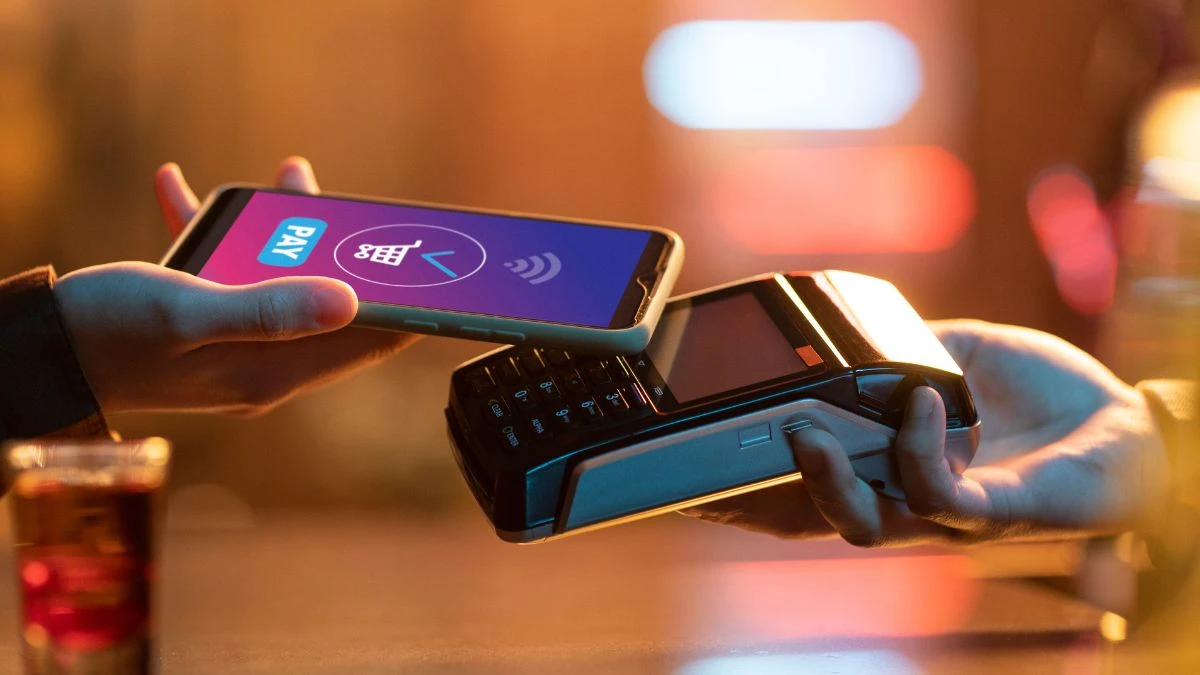
Sweden, Norway, and Denmark have some of Europe’s most advanced payment systems. These systems sometimes reject older US cards that don’t meet their technical standards.
Many Nordic businesses have gone completely cashless, but their card readers expect newer chip technology. US cards issued before 2021 often fail authentication in Nordic payment systems.
Nordic Challenge: These countries rely heavily on local mobile payment apps that don’t work with US bank accounts.
These European payment issues create headaches, but smart backup strategies help you avoid getting stuck without payment options.
5. Backup Payment Strategies That Actually Work

Here’s how to avoid payment disasters in Europe when your US credit cards fail. These backup methods work in Berlin and other problem cities, giving you multiple ways to pay when your primary cards get declined.
Which US Banks Issue Truly Europe-Compatible Cards
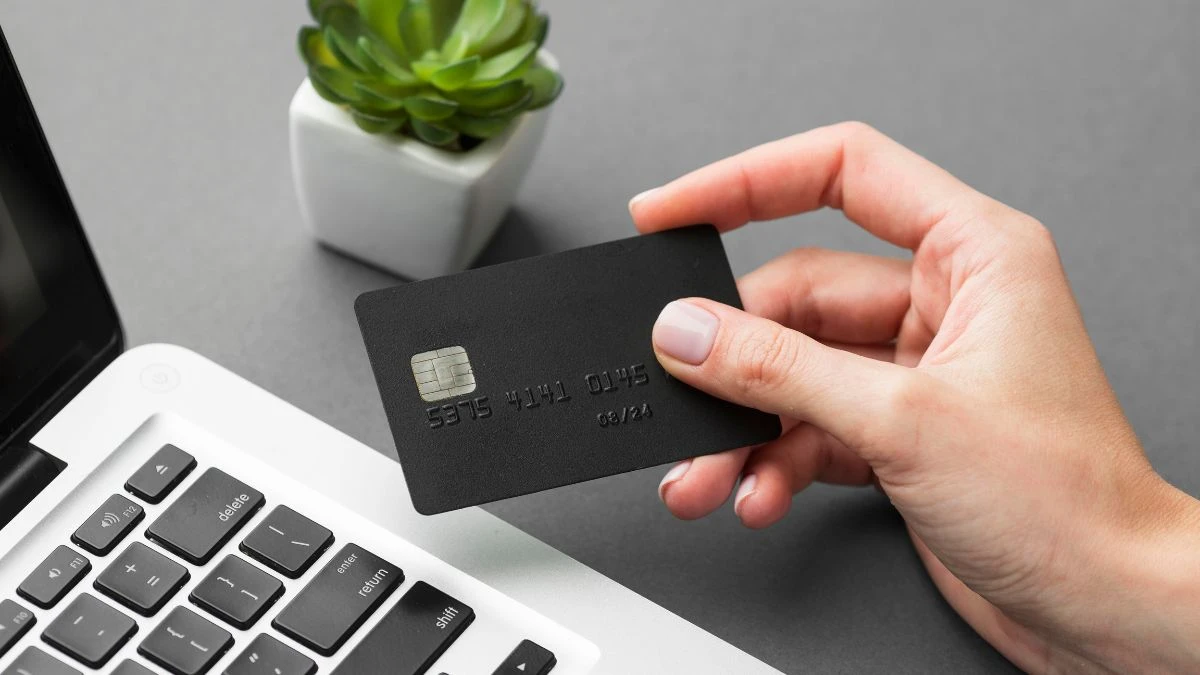
Not all US credit cards struggle equally in Europe. Some banks design their cards specifically to work better internationally, with stronger chip technology and better European network connections.
Best US Cards for Europe:
- Capital One cards (no foreign transaction fees, better European compatibility)
- Chase Sapphire cards (premium authentication, stronger international networks)
- Bank of America travel cards (designed for international use)
- USAA cards (military banking with strong international features)
These cards use newer EMV chip standards and have better relationships with European payment processors. They’re not perfect, but they work more often than standard US cards.
Cash Withdrawal Strategies and ATM Locations
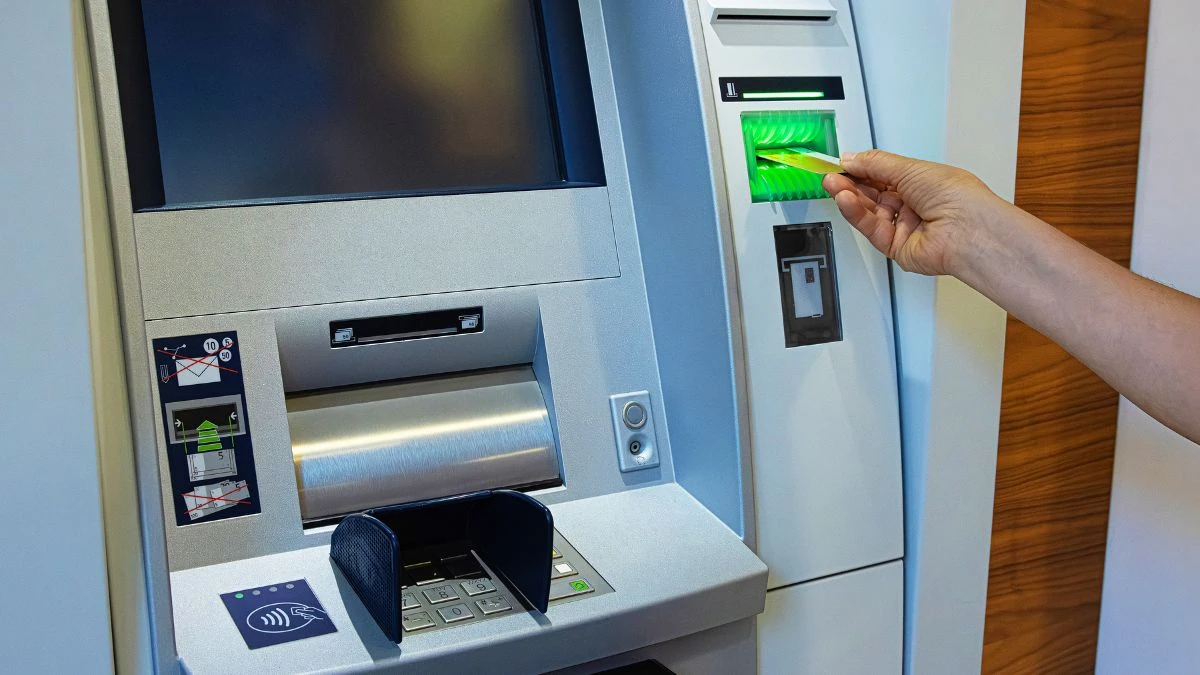
ATMs provide the most reliable backup when cards fail at merchants. European ATMs connect directly to your US bank account through international networks like Cirrus and Plus.
Smart ATM Strategy: Withdraw larger amounts less frequently to minimize fees. German ATMs typically allow €200-500 per withdrawal, enough to cover several days of expenses.
Look for bank-operated ATMs rather than independent machines. Deutsche Bank, Commerzbank, and Sparkasse ATMs in Germany offer better exchange rates and lower fees than tourist-area machines.
ATM Reality: Your debit card will work more reliably than credit cards at European ATMs because debit authentication is simpler.
Mobile Payment Apps That Work Internationally
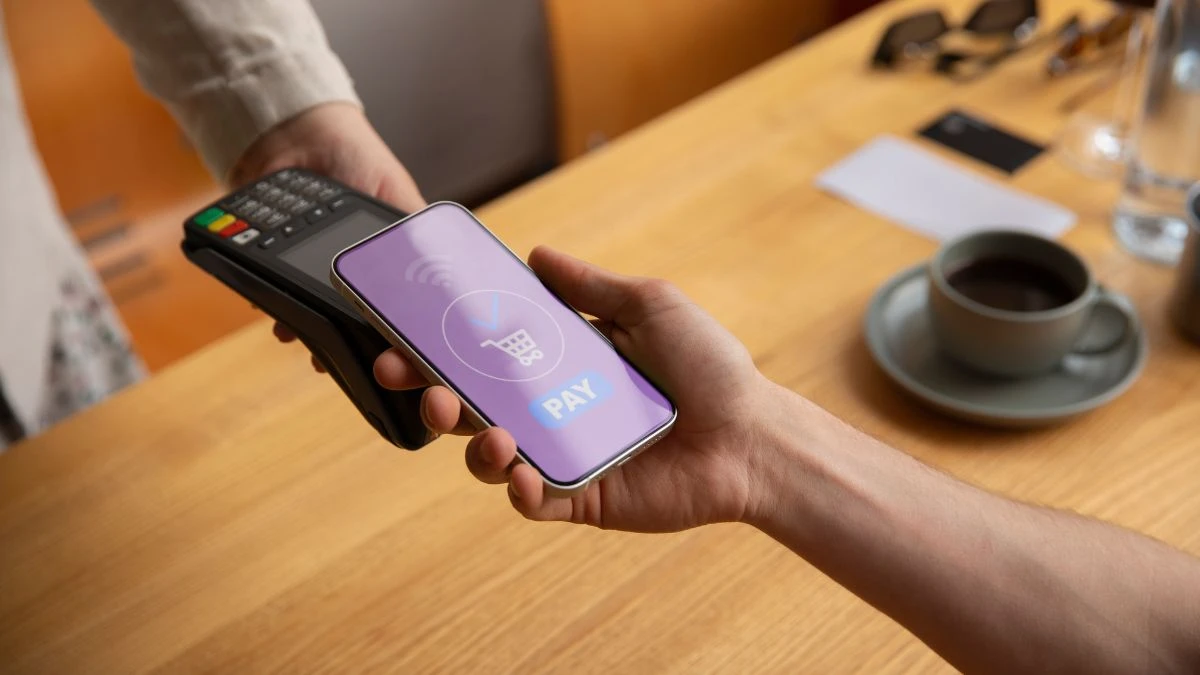
Apple Pay and Google Pay work better than physical cards in many European situations. They use different authentication methods that bypass some of the PIN problems that plague US credit cards.
Your mobile payment apps work through contactless terminals, avoiding the chip authentication issues that cause many card failures. German merchants increasingly prefer contactless payments over traditional card swipes.
Mobile Limits: Contactless payments typically work for purchases under €50 without additional authentication, perfect for restaurants, transportation, and small purchases.
Prepaid Travel Cards as Emergency Backup

Prepaid travel cards offer guaranteed backup payment options when everything else fails. You load money onto these cards before traveling, then use them like debit cards throughout Europe.
Top Prepaid Options:
- Wise (formerly TransferWise) travel cards
- Capital One 360 prepaid cards
- AAA travel cards
These cards often have better European compatibility than regular US credit cards because they’re designed specifically for international travel.
Hotel and Restaurant Payment Workarounds

When your cards fail at hotels and restaurants, try these backup approaches that experienced travelers use:
Hotel Check-in: Offer to pay cash deposits instead of card authorization holds. Many hotels accept this alternative when cards fail authentication.
Restaurant Solutions: Ask if they can process your card as a debit transaction instead of credit. This sometimes bypasses PIN authentication problems.
Split Payments: Use cash for part of the bill and cards for the remainder. This reduces the transaction amount, avoiding higher authentication thresholds.
Manager Override: Ask for a manager when cards fail. They often know workarounds that regular staff don’t, like processing cards manually or using different terminals.
Smart preparation prevents most European payment disasters, but Berlin’s unique system still creates challenges even for prepared travelers.

